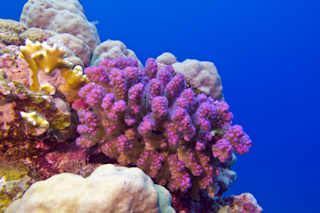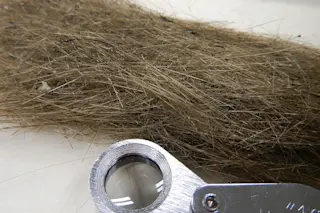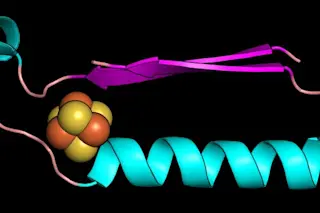(Credit: tano_d'ere/Flickr) Calorie-free, artificial sweeteners aren't metabolized in the body—they go in, and they come out unscathed. With that in mind, take a moment to metabolize the title of a new study: “Sweetened Swimming Pools and Hot Tubs.”
Indeed, in a study published Wednesday in Environmental Science & Technology Letters,
researchers describe a new test that measures levels of acesulfame-K, a widely consumed artificial sweetener, floating in dubious pool water. Of course, researchers put their method to the test in pools and hot tubs in Canada, and the results may be disconcerting for some. It's yet another addition to the corpus of research focusing on the cocktail of chemicals we swim in for fun.
In the study, researchers tested for acesulfame-K in 250 samples from 31 pools and hot tubs in two Canadian cities. They cross-analyzed those results with Canadian urine samples and found that concentrations of acesulfame-K in pools ...














